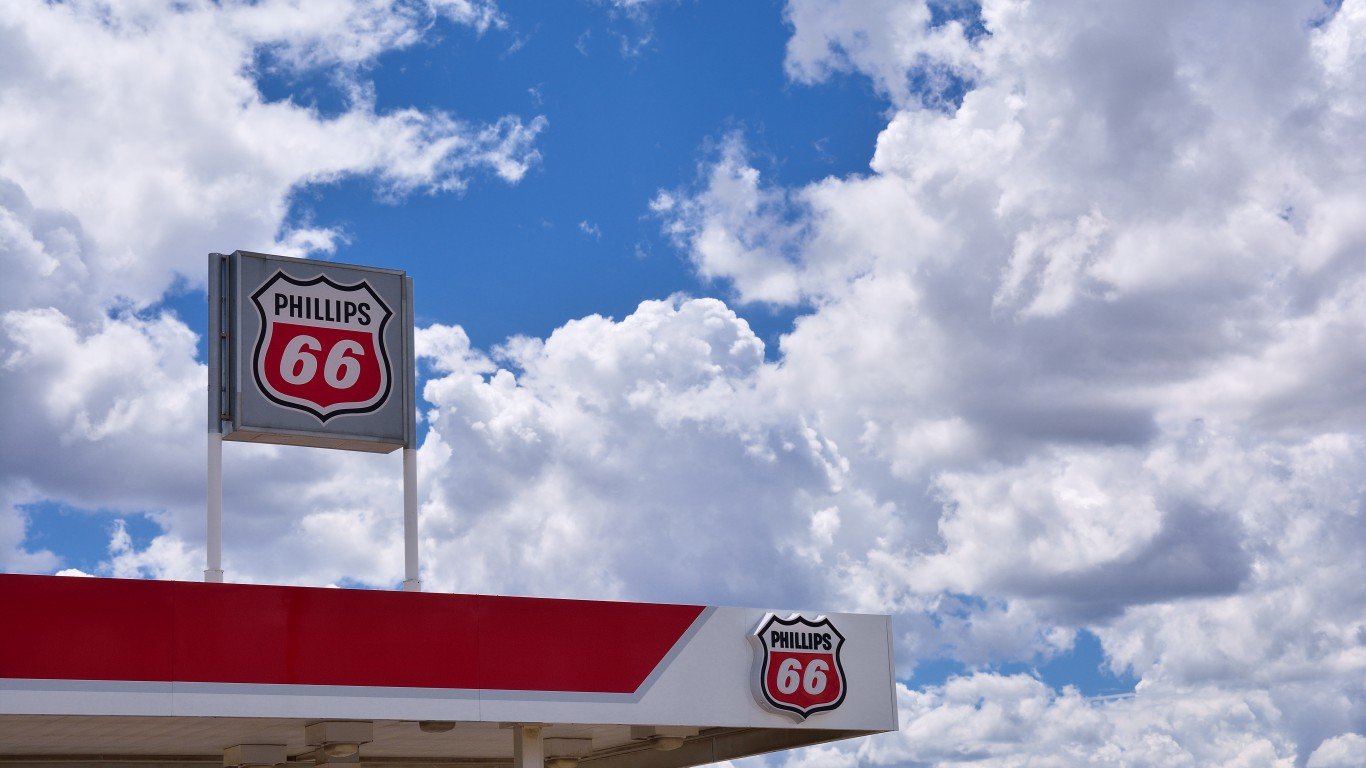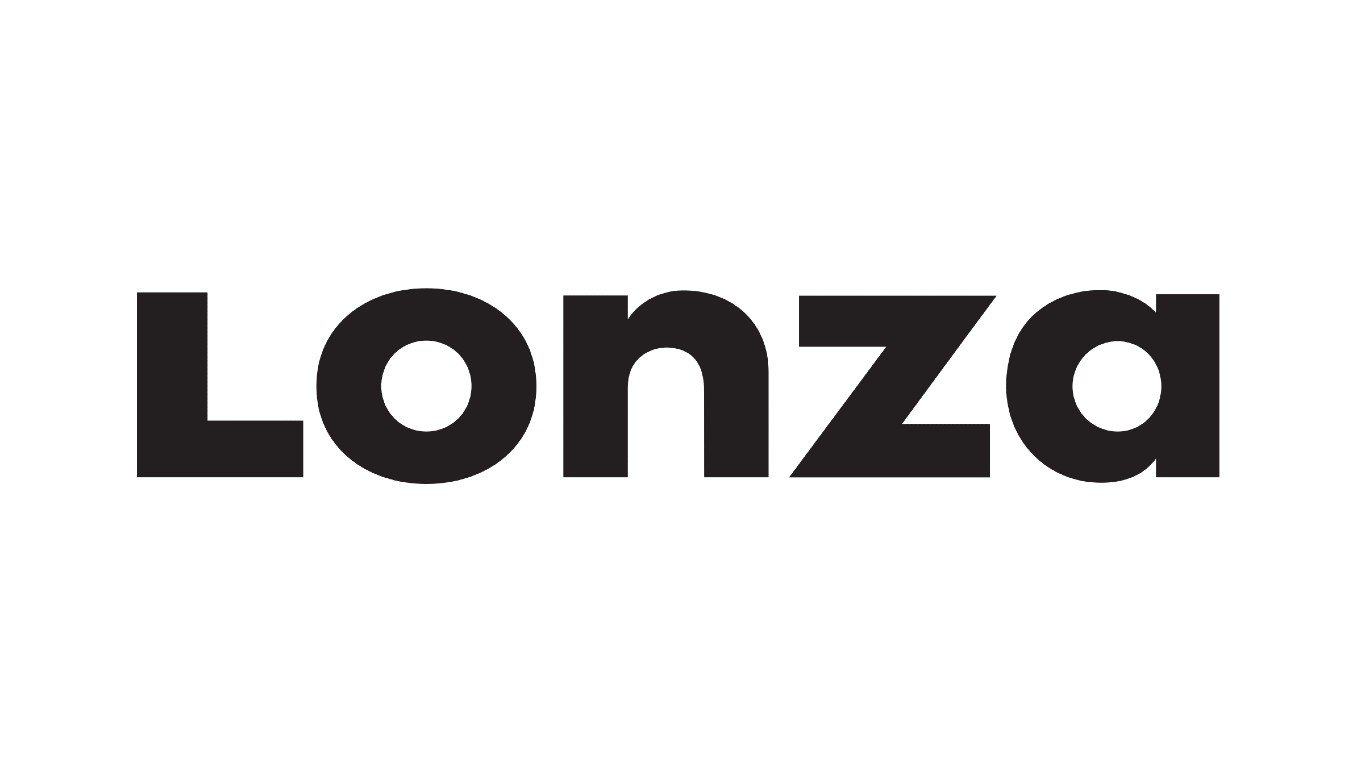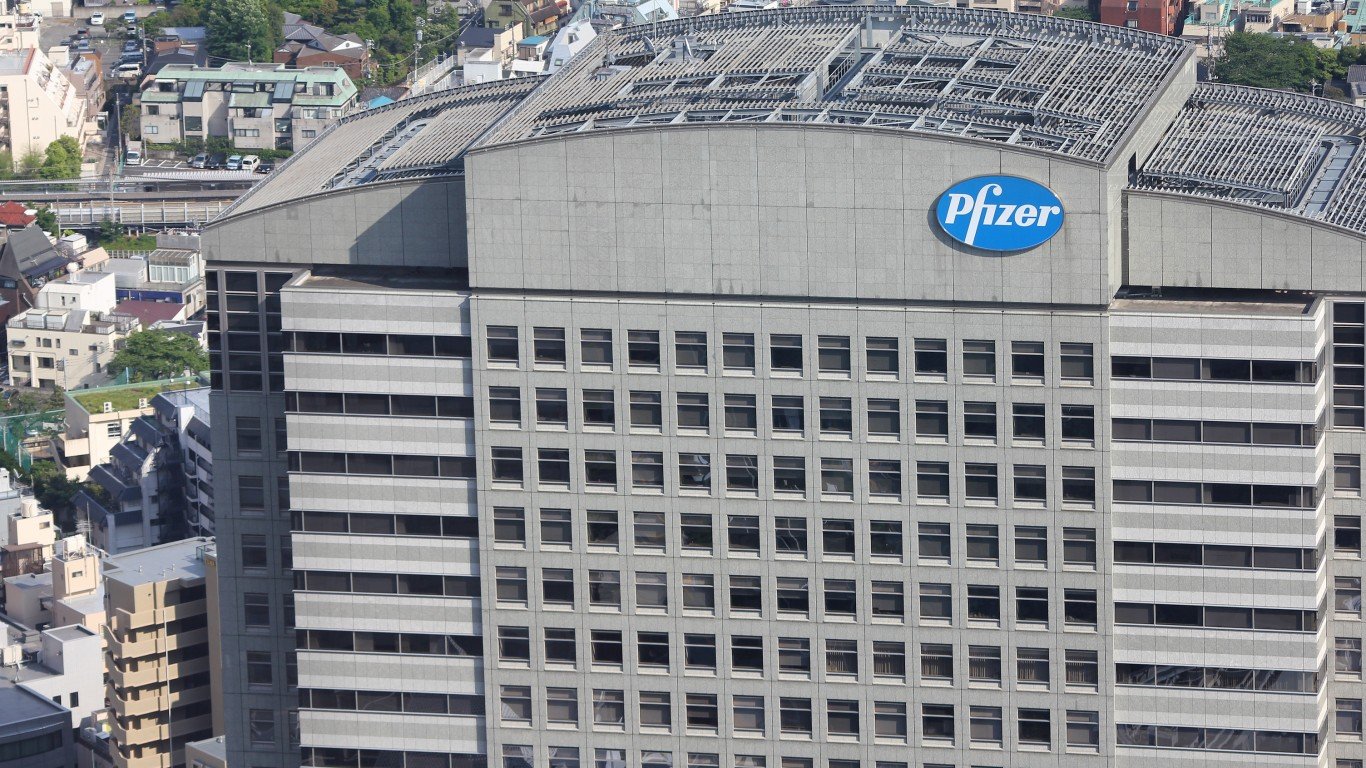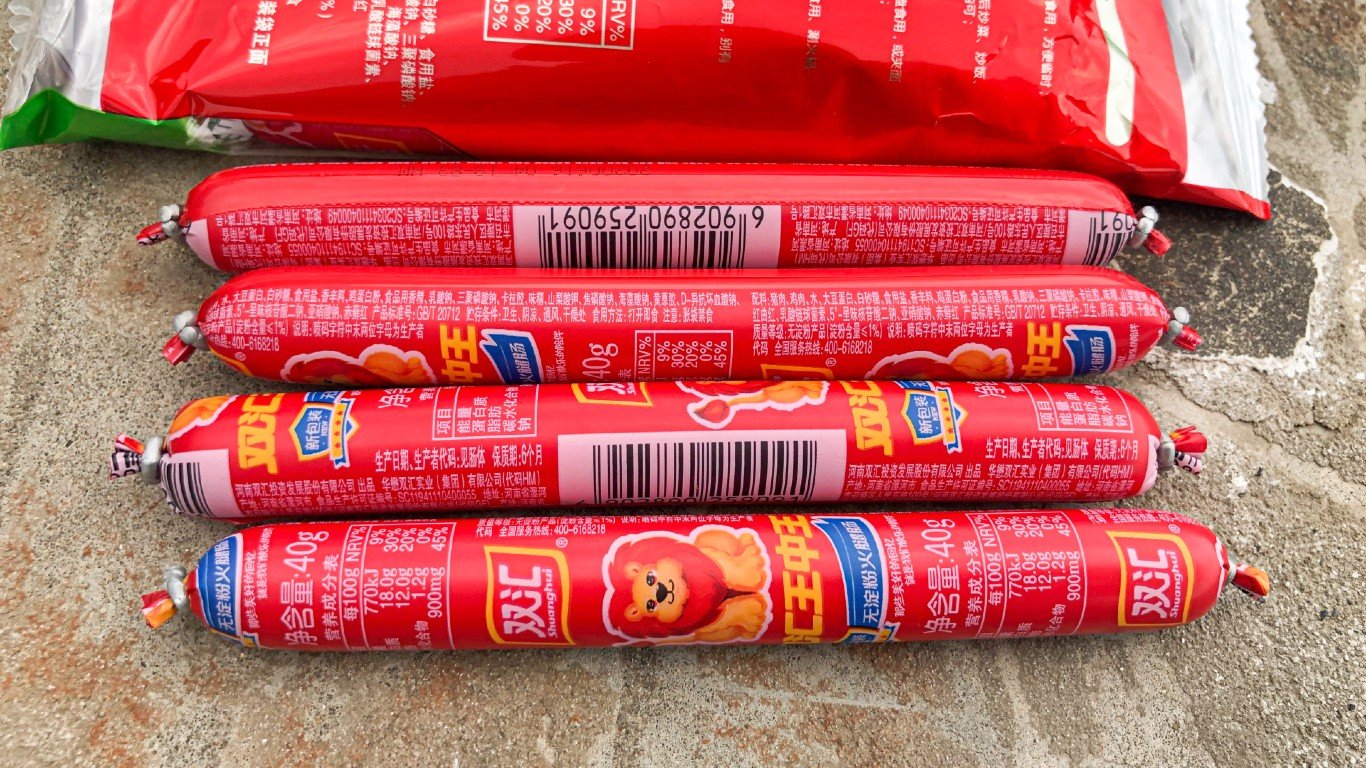
45. Compass Group
> Toxic hazard (pounds released x toxicity): 280,605,131
> Environmental justice, poor population share 21% – #80 highest out of 100 corporations
> Environmental justice, minority population share 4% – #94 highest
> Pct. of toxic hazard from a single facility: 100% – #1 highest
The Compass Group is the parent company of six different businesses, mainly related to security and electronics, requiring environmental permits, and mainly releasing small quantities of pollutants into surface waters or treatment plants. The exception is Crosman Corp., a manufacturer of high quality air rifles, air pistols, and ammunition, which is responsible for nearly 100% of the Compass Groups toxic releases.
44. WH Group
> Toxic hazard (pounds released x toxicity): 292,997,251
> Environmental justice, poor population share 20% – #84 highest out of 100 corporations
> Environmental justice, minority population share 36% – #36 highest
> Pct. of toxic hazard from a single facility: 64% – #73 highest
Much better known by a name used by most of its subsidiaries, Smithfield, the WH companies raise livestock and process meat products. Two of the companies, one in Iowa and the main plant in Virginia, release about 98% of the company’s toxic wastewater, made up of chemicals used in meat processing and for plant sanitation and maintenance.operations.

43. Phillips 66
> Toxic hazard (pounds released x toxicity): 312,540,218
> Environmental justice, poor population share 31% – #50 highest out of 100 corporations
> Environmental justice, minority population share 64% – #11 highest
> Pct. of toxic hazard from a single facility: 75% – #61 highest
Phillips 66 and its petrochemical affiliates have over two dozen manufacturing plants, terminals, and refineries throughout the country, predominantly in the West and Southwest. Among these, a single refinery in Carson, California, releases 75% of the company’s total toxic output. All of its 387,227 pounds of liquid chemical waste goes into a POTW, more commonly known as a municipal sewage treatment plant.

42. Lonza
> Toxic hazard (pounds released x toxicity): 329,989,846
> Environmental justice, poor population share 31% – #50 highest out of 100 corporations
> Environmental justice, minority population share 85% – #1 highest
> Pct. of toxic hazard from a single facility: 100% – #1 highest
Lonza is an old and established Swiss pharmaceutical and chemical manufacturer with locations all over the world. The company purchased Arch Wood Protection, Inc. in 2011, expanding its product lines to include wood preservatives. Arch Wood uses a variety of chemicals in the manufacture of pressure-treated wood, including arsenic, and the waste from its processes goes directly into surface waters in Georgia. While this amounted to only 323 pounds in 2019, because of the high toxicity of the chemicals involved, the discharge represents nearly 100% of the company’s total American toxic hazard.

41. Pfizer
> Toxic hazard (pounds released x toxicity): 343,093,342
> Environmental justice, poor population share 31% – #50 highest out of 100 corporations
> Environmental justice, minority population share 20% – #62 highest
> Pct. of toxic hazard from a single facility: 100% – #1 highest
Of the three pharmaceutical plants owned by Pfizer or its subsidiaries that require water pollution permits, the facility in Portage, Minnesota, is responsible for near 100% of the company’s toxic wastewater, including over 1.4 million pounds that are discharged into a sewage treatment plant, and 240 pounds that are permitted to be released onto Minnesota’s surface waters.


 24/7 Tempo
24/7 Tempo




